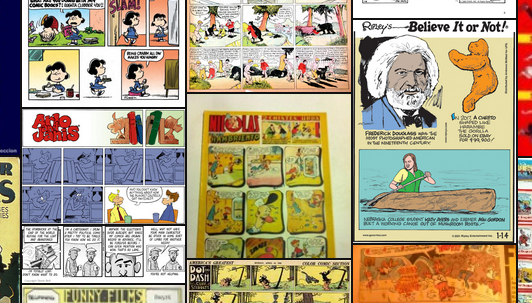It is no longer a question “Is Artificial Intelligence stealing your art?”
It is now a statement “AI is stealing your art.”
The National Cartoonists Society and the Association of American Editorial Cartoonists are sharing Twitter threads about the theft of intellectual property, specifically tied to cartoonists and artists.
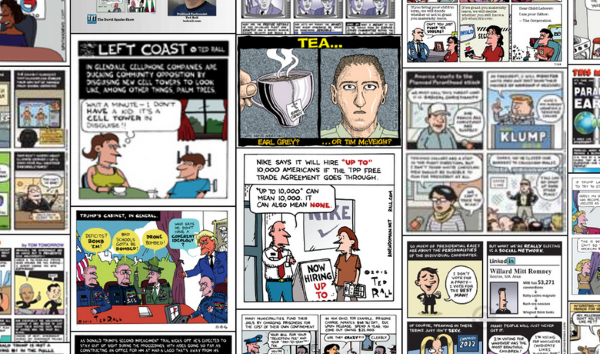
We kick things off with Ted Rall‘s column about the situation:
The cruel gods of artificial intelligence have targeted me and my kind for termination. A.I.-based text-to-image generators are the latest technological leap that exploitative entrepreneurs are using to make a mockery of copyright and trademark, the fundamental legal protections of intellectual property in the United States.
A fellow cartoonist, Sarah Andersen, opened my eyes to how this works. Andersen explained in a recent piece for the New York Times that her copyrighted webcomic … has been repeatedly, illegally appropriated, without her permission, by “A.I. text-to-image generators such as Stable Diffusion,
What raised my concern was Andersen’s observation that A.I. technology, now in its infancy, will likely improve to the point that it will become difficult to tell the difference between the original creation of a human artist and its machine-generated bastard offspring. If and when that happens, how will I be able to ask a publication to pay me for something they can get for free?
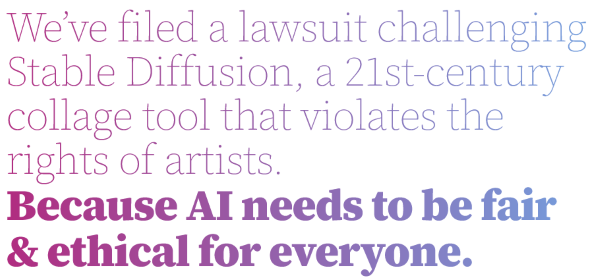
Writers and artists like Sarah Anderson have raised the alarm so much that there is now a class-action lawsuit against various sites “for their use of Stable Diffusion, a 21st-century collage tool that remixes the copyrighted works of millions of artists whose work was used as training data.”
The NCS, AAEC, and SI have issued statements, they have now been joined by the Graphic Artists Guild:
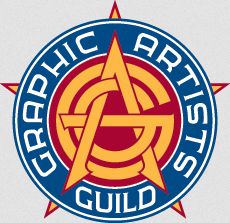
In the past, we have weathered technology disruptions guided by our lodestar: what is the best outcome for our community of artists? What policies, best practices, and ethical guidelines will best protect the economic interests of our members, and empower them to pursue successful, fulfilling careers? The same considerations are valid this time – and yet this time feels different.
For one thing, there is a division within our community. Some of our constituents are emphatically opposed to any use of AI image generators; others are creators who incorporate AI platforms as a tool in developing their own, original work. The resulting schism within the community has resulted in online attacks, hyperbolic rhetoric, and the dissemination of inaccurate information — from both sides, and to the detriment of all artists.
This time also feels different in that the tech sector in general, notorious for ignoring the concerns of individual creators, has evolved in recent years to seem to be more open to meeting artists part-way.
Read the Graphic Artists Guild full statement here.
Back to Ted and Sarah:
Andersen explains: “When I checked the website haveibeentrained.com, a site created to allow people to search LAION data sets, so much of my work was on there that it filled up my entire desktop screen.” I had the same experience. There they were, so many of my cartoons. Each one took hours to draw.
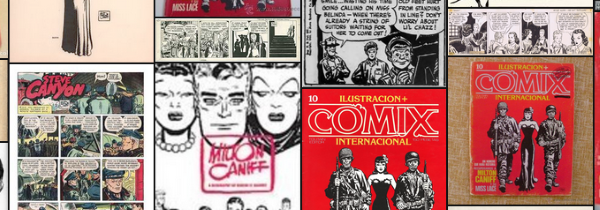
First Amendment and free speech organizations, artists, journalists, and other creative people must come together, lobby Congress for regulatory controls, and file lawsuits against companies that infringe upon copyright in order to wage an existential battle against the SkyNet of the art world. Unless Congress acts quickly and decisively, creative people in every field you can think of will be unable to distinguish their work from computer-generated knockoffs, radically curtailing their ability to command payment for their labor — and to lift the human spirit.
